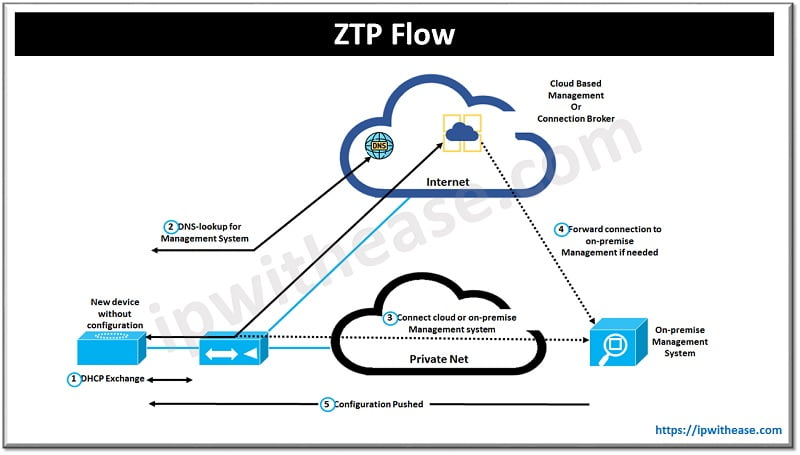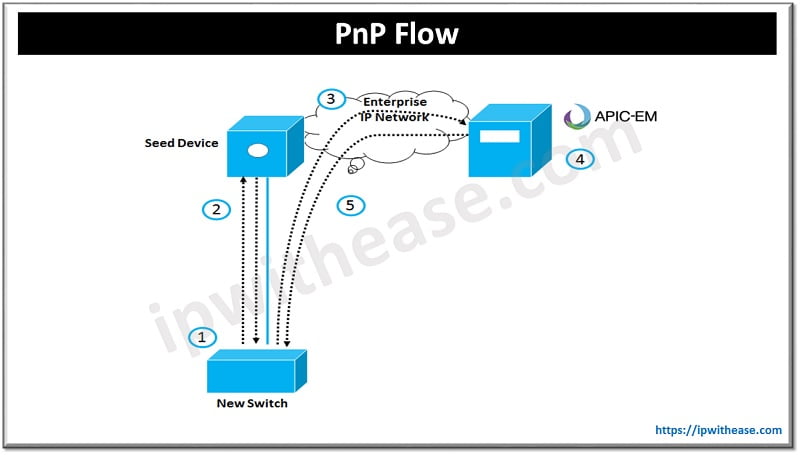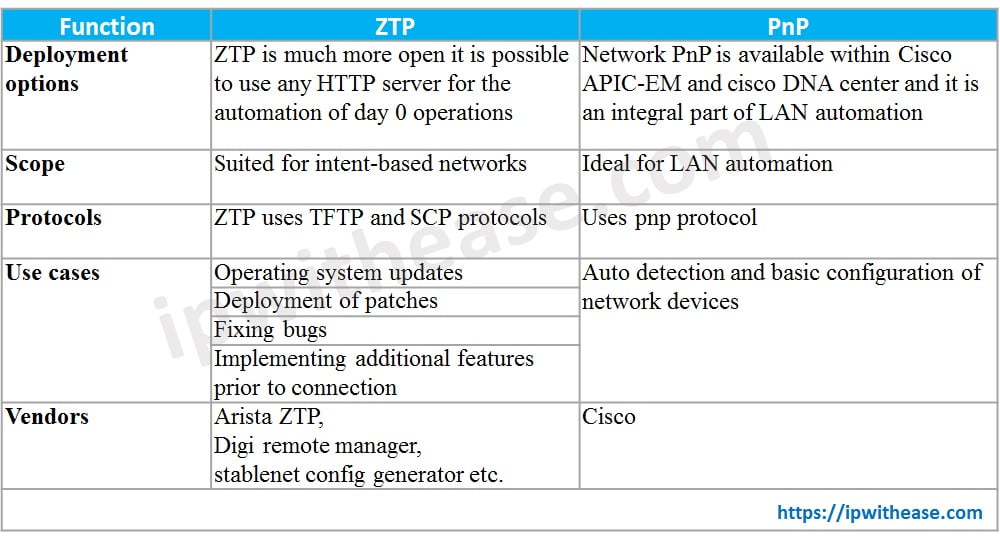Table of Contents
Zero Configuration Networking
Networks are an important component of computing infrastructure. Whenever a network device like router, switch, firewall, access gateway are bought online a fair amount of manual configuration is required before they become fully functional. The minimum requirement is that it is updated to have proper software image and base configuration.
The Zero configuration networking nowadays automated these processes and bring up network devices in function state with minimal or no touch. Technologies like ZTP or zero touch, PnP or network plug and play let network administrators perform hassle free provisioning without errors.
Today we look more in detail about two most popular terminologies related to network provisioning – ZTP or Zero trust provisioning and PnP or Plug and Play, its key features, differences, advantages, limitations and use cases.
What is ZTP?
Zero Touch Provisioning lets setting up devices automatically configured using a switch feature. It helps network teams to deploy network devices in a large-scale environment quickly thus eliminating the need to perform manual configuration. Manual configurations are time consuming and error prone especially when devices need to be configured at scale. ZTP is also used to automate system update process and can be integrated with other configuration management tools.

The basic requirements of ZTP are:
- A network device with ZTP
- A DHCP server or TFTP server
- A file server
On a switched-on ZTP enabled device it boots a file which has the device configuration parameters. Then the network switch sends out a request via DHCP or TFTP to obtain the location of its centrally stored image and configuration which is downloaded and executed. The port configuration and IP address are automatically assigned based on location.
Domain name, server location and gateway address is provided by DHCP. ZTP performs basic configuration post which device could be deployed in the network and custom configured changes are done. ZTP can use user defined scripts to connect to configuration management platforms such as Puppet, CFEngine, Chef etc.
Features of ZTP
- Automated setup of large-scale deployments
- Reduced time to get network devices functional
- Cutting costs and less time being spent of fixing errors occurred in manual configurations
- Easier and quicker updates
What is PnP?
Network plug and play or PnP solutions provide a simple, secure, unified and integrated way to ease setup of new branch and campus device rollouts or provision updates to an existing network. Cisco network routers, switches, wireless devices give zero touch deployment options. Network PnP requires a server running PnP protocol typically which could be APIC-EM. For the enablement of PnP, the prerequisite is to configure the DHCP server.
Cisco network Plug n Play is used to automatically provision new switches or routers in the network. This technology is available with the DNA center as well as in Cisco APIC-EM. It is used for LAN automation within software defined access and also used for non-SDA deployments.

Once the new device is booted it will perform a DHCP request using VLAN. The seed device provides an ip address to the new device from the pool. The new device parses the DHCP response and based on DHCP options it will attempt to fetch the python script from the management server. Once Python script is downloaded, a guest shell will start and the python script will be executed to set up the initial configuration of the device.
Features of PnP
- Consistent and hassle-free deployment of variety of network devices such as switches, routers and wireless devices
- Flexibility to customize the network plug and play process
- Customized configuration files for each device
- Secured communication between PnP agent and server using SSL
Comparison Table: ZTP vs PnP
Below table summarizes the difference between the two:

Continue Reading:
Cisco Viptela ZTP (Zero Touch Provisioning)
ABOUT THE AUTHOR

You can learn more about her on her linkedin profile – Rashmi Bhardwaj



